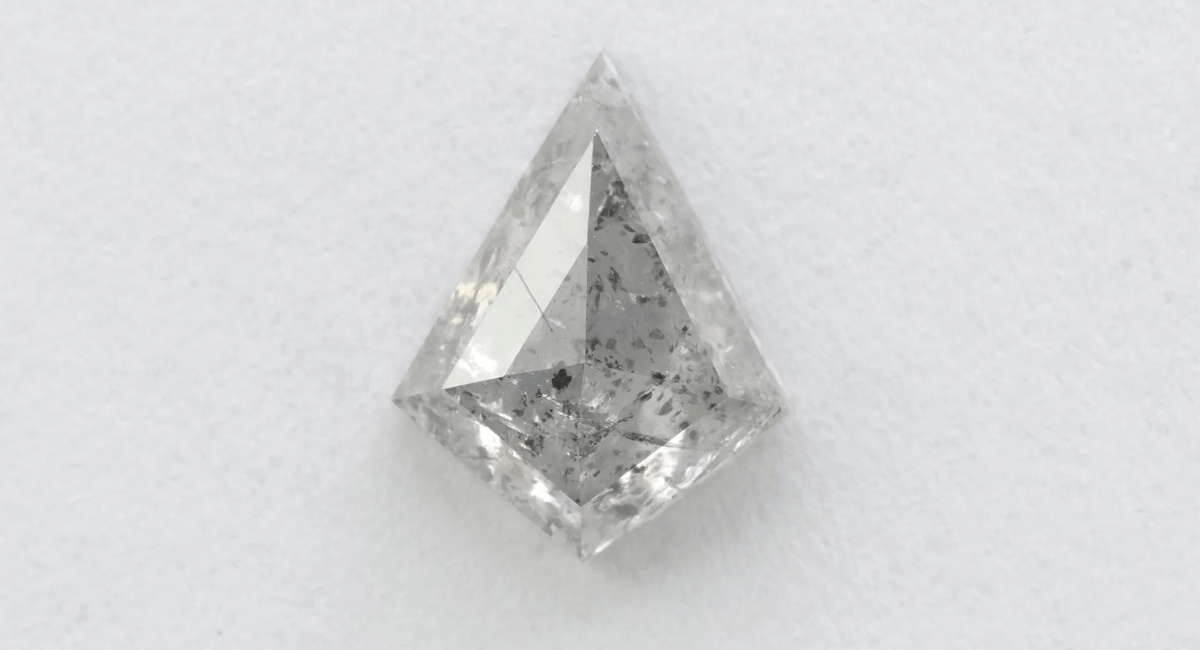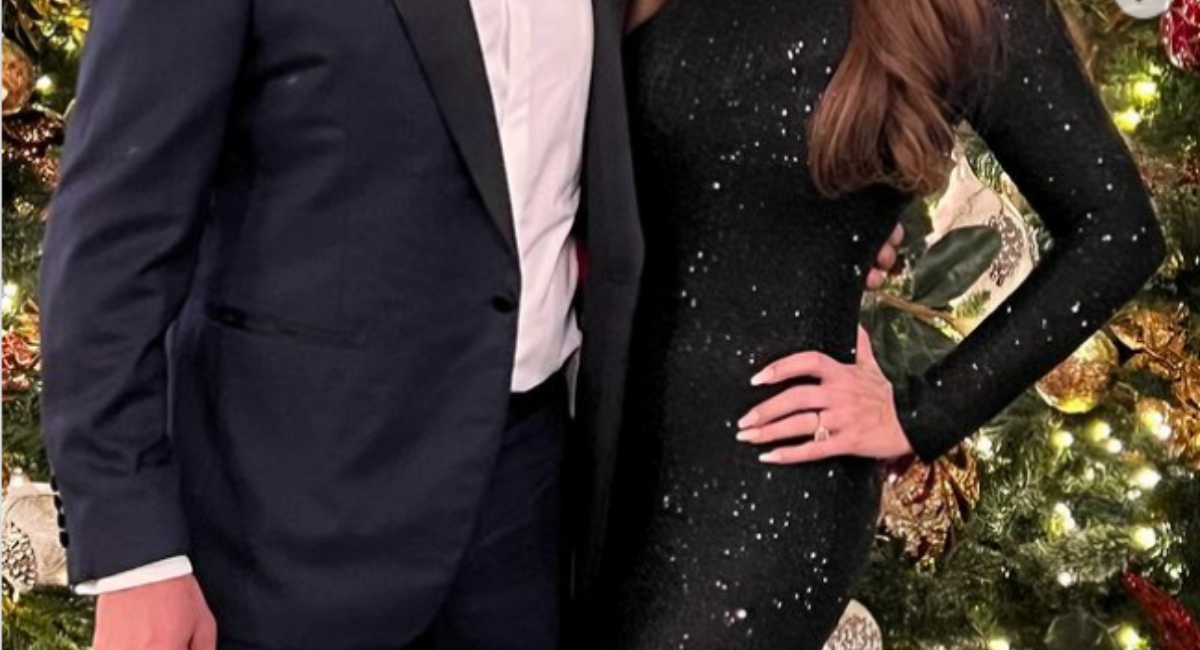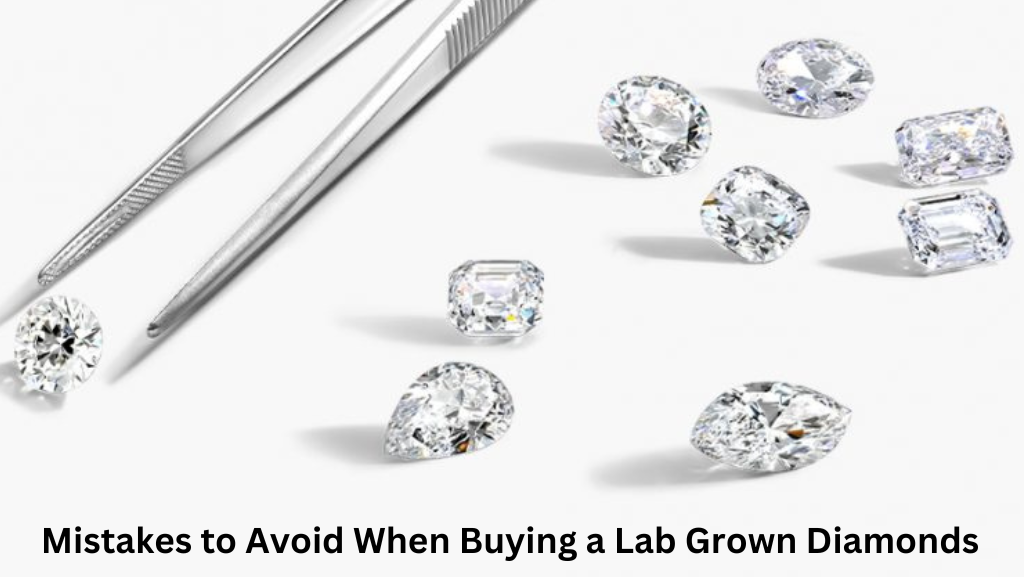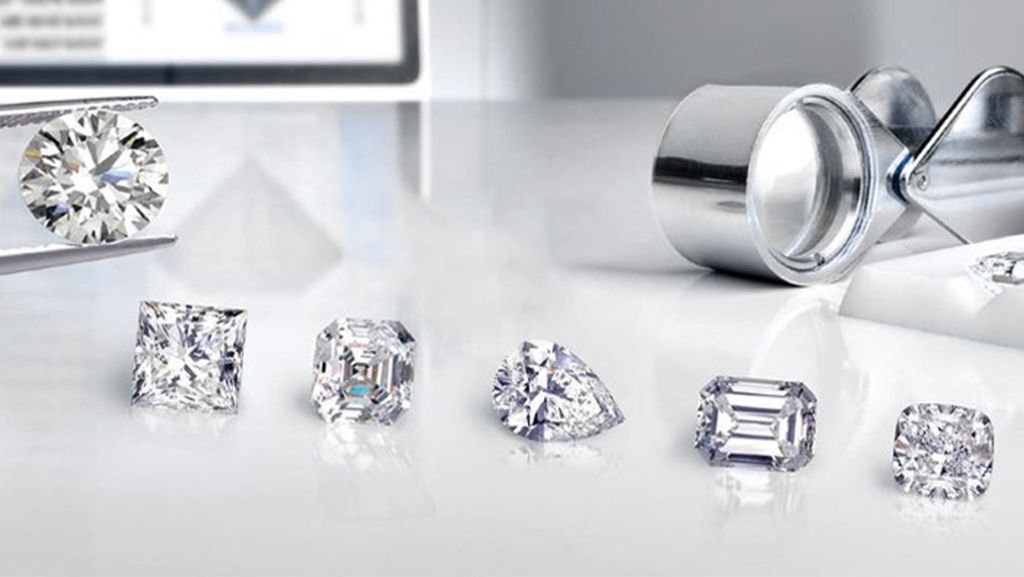Elevate Your Style The Most Fascinating with Kite Cut Diamond
The kite shaped diamond is traditionally renowned because of its prolonged and angular structure. Without question, the dark hue of this form has caught the attention of many since the stone appears to be stunning and unique.
The shape, size and colors, everything is so glorious that the kite cut diamond is undoubtedly magnificent. It features a striking and distinctive aesthetic that highlights its notable and original shape.
What Do Kite Cut Diamonds Look Like?
A kite-shaped diamond emanates a vibrant, geometric, rhombus-like cut. It has a brilliant shape similar to a princess-cut diamond and a step cut similar to an emerald-cut diamond.
The kite shape has been referred to informally as “the diamond cut diamond” due to its elongated length and four prominent features. These gems feature very precise cuts making them a fantastic option.

Additionally, because of its narrow step cut, it sparkles less but yet has a peculiar aura of its own. This gem makes excellent decorative stones and is frequently used in earrings and necklace pendants.
Additionally, a kite lab diamond may be used to create a design that, if they were fashioned in a manner to represent a single huge diamond, would be priceless.
For illustration, you can create a star form by joining the tips of five distinct kite diamonds. Doesn’t this make them fascinating? To know more about this shape of a diamond, read till the end because in this article we are going to cover every aspect of a kite cut diamond.
Kite Shape Diamond

Since the Art Deco era, which was in the 1920s and 1930s, kite cut diamonds have been a popular extravagant cut among those looking for an unconventional yet contemporary gem for their jewelry.
Regardless of the widespread use of dazzling white gems, kite-shaped diamonds are more widely available than other unusual gems like salt and pepper, gray, and black diamonds.
Colored kite shape diamonds can give you a celestial view as these gems seem to contain tiny cosmos inside their facets. They are the ideal option for kite diamonds due to their uniqueness and how they seem after this particular cut. They have a stunning quality that isn’t overtly obvious in their beauty and originality.
Secondly, they might be utilized to make a structure that would be far more expensive if it were made of one enormous diamond. For instance, you might combine the points of five separate kite patterns to produce a star shape.
The form is starting to gain traction as a center stone. Due to its step-cut characteristics, the kite diamond still sparkles subtly, resembling stars in the night sky. People still use it as a side-stone by placing it on both sides of a round brilliant, cushion cut or princess cut diamond.
Price of Kite Shape Diamond

Since the kite shape outshines other shaped diamonds, the price of this type of diamond will surely have a vast range. The price for a kite cut diamond starts at $600. So, for an average price that you should consider beforehand, a kite-cut diamond should buy for $1,200 per carat.
Talking about the ceiling price of such a kite diamond engagement ring tops out at $3000 to $5,000+ per ring. A traditional kite diamond ring can serve as both a basic engagement ring and a wedding band.
Also, if you are looking for a rustic kite shaped diamond, it will cost you roughly $2500 per carat, with the size being 2-10 mm (diameter).
We hope you have gotten a rough estimate about the pricing of kite diamonds. You can use our diamond pricing calculator to determine the right price for your diamond.
For the exact details, it is advised to visit an online store’s inventory so that you can compare the prices along with the designs and choose the best option available.
We at Loose Grown Diamonds have a vast inventory of numerous lab grown kite diamonds. Have a look and if you need any help feel free to contact us.
| Shape | Carat | Cut | Color | Clarity | Price | |
| 1.05 | Ideal | F | VVS2 | $1070 $1019 | View | |
| 0.57 | Ideal | E | VVS2 | $671 $503 | View | |
| 3.28 | Ideal | F | VVS2 | $2733 $2050 | View | |
| 0.57 | Ideal | D | VVS2 | $747 $560 | View | |
| 0.64 | Ideal | E | VS1 | $689 $517 | View | |
| 0.50 | Ideal | E | VS1 | $617 $463 | View | |
| 1.16 | Ideal | F | VS1 | $1760 $1320 | View | |
| 1.00 | Ideal | F | VVS2 | $1320 $990 | View | |
| 0.50 | Ideal | F | VS1 | $580 $435 | View | |
| 0.61 | Ideal | E | VVS2 | $671 $503 | View | |
| 0.58 | Ideal | F | VS1 | $677 $508 | View | |
| 0.51 | Ideal | E | VVS2 | $560 $420 | View | |
| 2.10 | Ideal | E | VVS2 | $3520 $2640 | View | |
| 1.00 | Ideal | F | VS2 | $1157 $868 | View | |
| 1.43 | Ideal | F | VVS2 | $1593 $1195 | View | |
| 1.00 | Ideal | D | VS2 | $853 $640 | View | |
| 0.92 | Ideal | E | VS2 | $1077 $808 | View | |
| 0.64 | Ideal | E | VS1 | $780 $585 | View | |
| 1.04 | Ideal | E | VS1 | $1197 $898 | View | |
| 1.10 | Ideal | F | VVS2 | $1257 $943 | View |
Clarity of Kite Shaped Diamond
The GIA’s qualitative metric called diamond clarity assigns a grade to each diamond’s appearance. A diamond’s clarity grade will be higher if it has fewer inclusions or blemishes.
A small high-clarity diamond will shine and sparkle with greater intensity than a bigger lower-clarity diamond. This goes for all diamonds including kite cut diamonds.

Compared to VS2 clarity, which is a lesser grade, VVS1 is a greater clarity rating. At VVS, the grade is determined by pin-like inclusions which are impossible to look at with the naked eye. The value of a kite cut diamond’s clarity is influenced by its size and shape as well as other diamond qualities.
A Flawless (FL) grade diamond is without a doubt the clearest type of diamond, even for kite diamond cut. Minor inclusions are more noticeable in VS diamond grades than in VVS diamond grades, although at 10X magnification, even they are visible.
Under magnification, SI grade inclusions are bigger and easier to see, but if the diamond is eye-clean and the flaws are strategically placed, SI clarity grading may frequently be a buyer’s greatest friend. These are some characteristics that will aid in your search for a kite cut diamond with the best clarity grade.
Should You Buy a Kite Shaped Diamond?
A diamond in the shape of a kite! Yes, a kite cut diamond ring may be the unique yet stunning engagement ring you are searching for.
These gorgeous jewels have a heavenly appearance that is sometimes disregarded because of their imperfections. Despite the imperfections, kite-shaped diamonds are uncommon and may create a unique and beautiful engagement ring.
These stones have a galaxy-like form, with each of their facets containing a distinct component of the galaxy. The pointy shape gives it an elongated look which makes it a preferred choice among buyers.
This stone fits people’s design ideas despite not being a conventional shape. Simply because it makes a stunning setting for an engagement ring.
A kite cut diamond has two sides, one which is flat and has a big table while the other has a step-cut. The jeweler typically chooses the step-cut side since it has a more geometric appearance.
So, if you are searching for something different yet want a diamond, you can go out for a kite cut diamond because it is not mainstream but is still glamorous and surely it will add beauty to any piece of jewelry it is placed on.
Our Top 6 Kite Shape Engagement Ring Settings
This shape in itself has a unique design, but there are different settings available which can enhance the beauty of a kite shape diamond engagement ring. The choice of setting is vital to determine the vibe of the ring. Let’s talk about the different settings a kite lab diamond can be placed in:
- Halo Setting

A ring type known as a halo setting has a central stone encircled by several side stones. Regarding the halo effect in a kite-shaped diamond, a single layer of extra stones on the halo setting can increase the appearance of the main diamond’s size by up to a half carat.
It provides a less expensive alternative to a solitaire setting where the item’s total carat weight (CTTW) is contained in a single diamond since it divides the CTTW of the piece across many jewels.
The single, double, and triple halo effects are only a few of the variations available within the halo effect. In a single halo ring setting, a kite-shaped diamond will be encircled by one layer of stones.
Two layers of jewels surround the center diamond in a double halo, comparable to a single halo. The triple halo effect goes the same. When choosing a type of halo effect for your kite cut diamond ring, you must first decide if you want the jewel levels to complement or contrast one another.
- Pave Setting

In a pave setting, small diamonds or gemstones are implanted into the base or circle of a ring and secured by tiny hooks or beads, giving the impression of a continuous line of sparkling. The stones will be positioned so tightly together that the metal below them won’t be visible.
This setting’s ultimate objective is to give the impression that glittering, freestanding stones are covering the whole surface of the ring. Talking about the pave setting in a kite cut diamond ring, if you think your ring could ever need to be resized, the best option is a semi-pave band rather than a complete one.
Diamonds can be placed in rows on a broader band, a thinner, more delicate band, a split shank, or even a crisscross pattern. Whatever pave you select will provide a field of glitter that is amplified.
- Prong Setting

A prong setting secures the diamond while letting light easily travel through metal prongs that are used to keep it aloft. There are two alternatives for the number of prongs in a kite-shaped diamond ring: 4 or 6. The prongs can be flat, rounded, pointy, or v-shaped. Your gorgeous kite cut diamond’s characteristics can be enhanced by using prong settings.
The diamond’s fire and brightness are increased by the prongs’ large openings for light. On the other hand, you don’t want prongs that are too big or thick since they would obscure the center’s lovely kite form. In a perfect world, you would strike a balance between prongs that securely hold the diamond while yet allowing it to take center stage.
- Bezel Setting

It is referred to as a bezel setting when the diamond or gemstone is encircled by an arc with a thin metal rim.
The gem is held in place by a metal collar that is formed around it. In addition to being useful, this setting gives the jewelry piece a touch of elegance.
There are three bezel setting styles available for kite cut diamonds: complete, partial, or ornamental.
For a kite diamond, the extra metal creates a streamlined form that looks good and goes well with the kite’s central shape. The bezel offers outstanding protection, even though it could lessen brilliance.
Light from the sides cannot enter the diamond since the bezel setting surrounds the gem’s periphery. Bezel rings might cost more than other settings due to the weight of the metal and the difficulties of making the setting.
- Three-Stone Setting

The three-stone setting, also known as the trilogy ring setting, is a well-liked option for a variety of events, particularly when purchasing engagement and anniversary rings.
As you have undoubtedly guessed, there are three diamonds arranged side by side in this setting. As the three gemstones or diamonds stand for the kid and the parents, couples frequently purchase them for the birth of their first child.
In essence, a three-stone kite cut diamond ring will just have three diamonds set one after the other in the center, giving the band this name.
The three stones are frequently seen as a symbol of the past, present, and future, and this arrangement is considered romantic because of its eternal appeal. There is no doubt that the three-stone setting has exquisite symbolism, but how you choose to interpret it is all up to you.
To get all you want out of a three-stone engagement ring, you’ll need to do a little more study and budgeting, but if you strike a balance, you’ll love your brilliant trio for years to come!
- Sunburst Setting

Smaller diamonds are arranged in a sunburst pattern so they look like one bigger diamond. A huge center stone or a collection of stones of different sizes can be found in a sunburst ring.
In a sunburst kite diamond ring, the diamonds frequently take the form of an original pattern, like a flower or starburst, or a geometric shape like a square.
Additionally, this setting looks wonderful with a kite shaped diamond. These rings often cost less than solitaire rings since they don’t include as large of a diamond. The price of a ring is influenced by the precious metal, diamond grade, and carat weight.
Conclusion
Without a doubt, the kite cut diamond is a superstar in the diamond market. It shines into light more quickly than other cuts because of its expanded form, which would be greatly facilitated by four distinct lines.
The final two columns, which are the longest, triumph at the end of the composition while the other two lines are angled to finally meet at their highest point.
Most of us choose to keep things simple by calling it Kite Cuts instead of Diamonds since calling it Diamond might be deceptive. Have a look at kite cut diamond engagement rings today and select one for your significant other!
FAQs
What are the advantages of choosing a kite cut diamond?
Kite cut diamonds offer a contemporary and elegant look that sets them apart from more conventional diamond shapes. They also tend to appear larger for their carat weight due to their elongated shape, making them an excellent choice for those looking for a unique and eye-catching engagement ring.
What factors should I consider when purchasing a kite diamond?
When buying a kite cut diamond, consider the 4Cs: carat weight, cut, color, and clarity. Pay attention to the diamond’s proportions and symmetry to ensure optimal sparkle and brilliance.
Are kite diamonds rare?
Yes, kite shape diamonds are rare because of their shape and brilliance. Asymmetric cut along with different silhouettes is what makes it unique. Due to their distinctive hue, most kite-shaped diamond rings are in high demand yet rare.
Which diamond shape has the most sparkle?
Although theoretically, round diamonds will dazzle the brightest, various other elements might enhance a diamond’s brilliance. 58 facets make up the facet design of the round brilliant cut, which guarantees that light can flow through it in a way that produces the ideal brilliance.
What is kite diamond ring?
A kite cut diamond ring features a diamond that has been cut into a kite shape, and set into a ring as the central stone or accent stone.
What makes a kite diamond engagement ring unique?
kite shape, with its elongated appearance and pointed corners, sets these rings apart from more traditional diamond ring designs.






